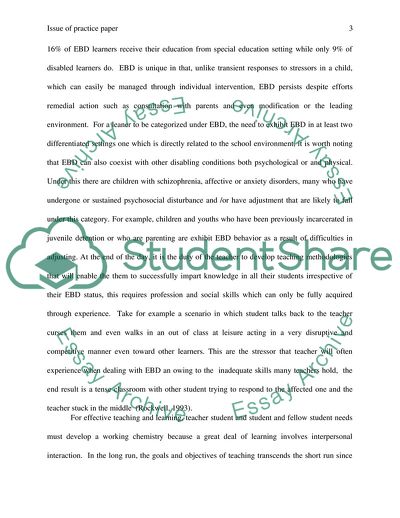Cite this document
(Emotional Behavior Disorder Case Study Example | Topics and Well Written Essays - 2000 words, n.d.)
Emotional Behavior Disorder Case Study Example | Topics and Well Written Essays - 2000 words. https://studentshare.org/education/1809322-issue-of-practice-paper
Emotional Behavior Disorder Case Study Example | Topics and Well Written Essays - 2000 words. https://studentshare.org/education/1809322-issue-of-practice-paper
(Emotional Behavior Disorder Case Study Example | Topics and Well Written Essays - 2000 Words)
Emotional Behavior Disorder Case Study Example | Topics and Well Written Essays - 2000 Words. https://studentshare.org/education/1809322-issue-of-practice-paper.
Emotional Behavior Disorder Case Study Example | Topics and Well Written Essays - 2000 Words. https://studentshare.org/education/1809322-issue-of-practice-paper.
“Emotional Behavior Disorder Case Study Example | Topics and Well Written Essays - 2000 Words”. https://studentshare.org/education/1809322-issue-of-practice-paper.


